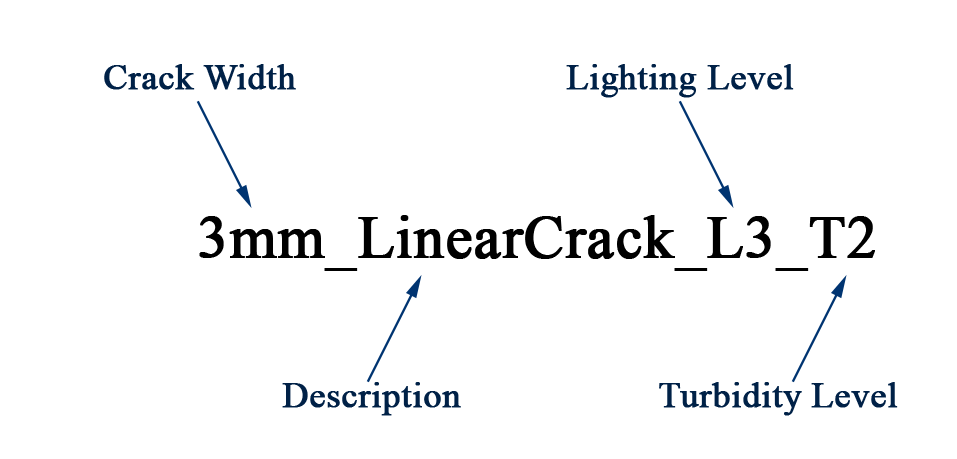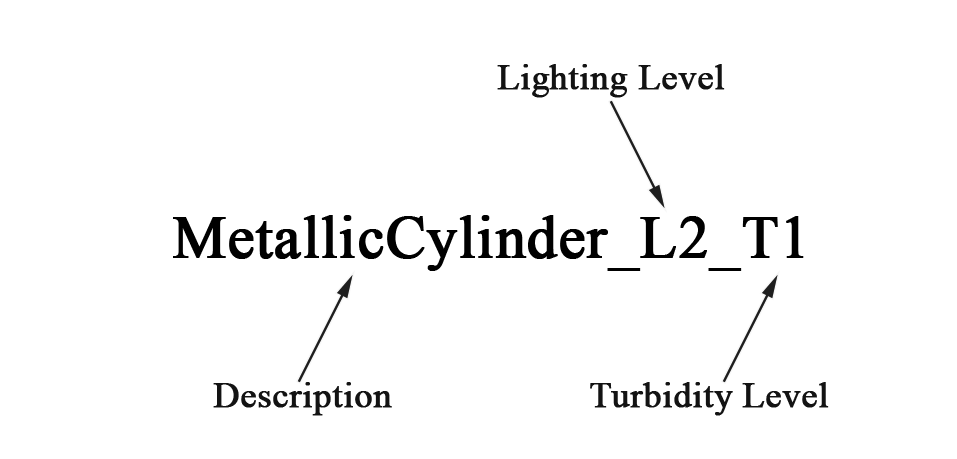Published: Sep 2, 2019 by Dr. M. O'Byrne
This page describes the file naming convention and how to use the repository. There is growing interest in the development of image based damage detection methods for the purpose of automated inspection of offshore structures. Image based methods are capable of detecting and quantifying cracks, surface defects, and shape information, which can be key factors when diagnosing the condition of a structure. As with any Non-Destructive Testing (NDT) technique, it is of great practical importance for inspectors to know the effectiveness of methods when they are applied in the field; in this case, an underwater environment that is characterized by reduced visibility. The degree of visibility is largely affected by lighting and turbidity. The Underwater Lighting and Turbidity Image Repository (ULTIR) features images of various damage forms and material types photographed under controlled lighting and turbidity levels. Good quality imagery is often hard to come by when evaluating new or existing image based damage detection methods. Thus, there are clear benefits of having a large, standardized, well-annotated and freely-available database of images and associated metadata.
Naming Convention
Section 1: Cracks
The first part of the image name reveals the width of the crack. The controlled specimens have crack widths of either 1 mm, 3 mm, or 5 mm. The second part of the name describes the nature of the crack. It provides information on attributes such as whether a crack is straight or curved. The third part indicates the lighting level. L1, L2, and L3 denote low (100 lux), medium (1,000 lux), and high (10,000 lux) light levels respectively. The final part indicates the turbidity level. T1, T2, and T3 correspond to low (0 NTU), medium (6 NTU), and high (12 NTU) turbidity levels respectively.

Section 2: Surface Damage
The first part of the image name describes the specimen. It provides information such as the surface type (e.g. concrete or metallic) and the shape of the specimen. The second part indicates the lighting level. The lighting levels L1, L2, and L3 correspond to low (100 lux), medium (1,000 lux), and high (10,000 lux) respectively. The third part of the name indicates the turbidity level. The turbidity levels T1, T2, and T3 correspond to low (0 NTU), medium (6 NTU), and high (12 NTU) respectively.
